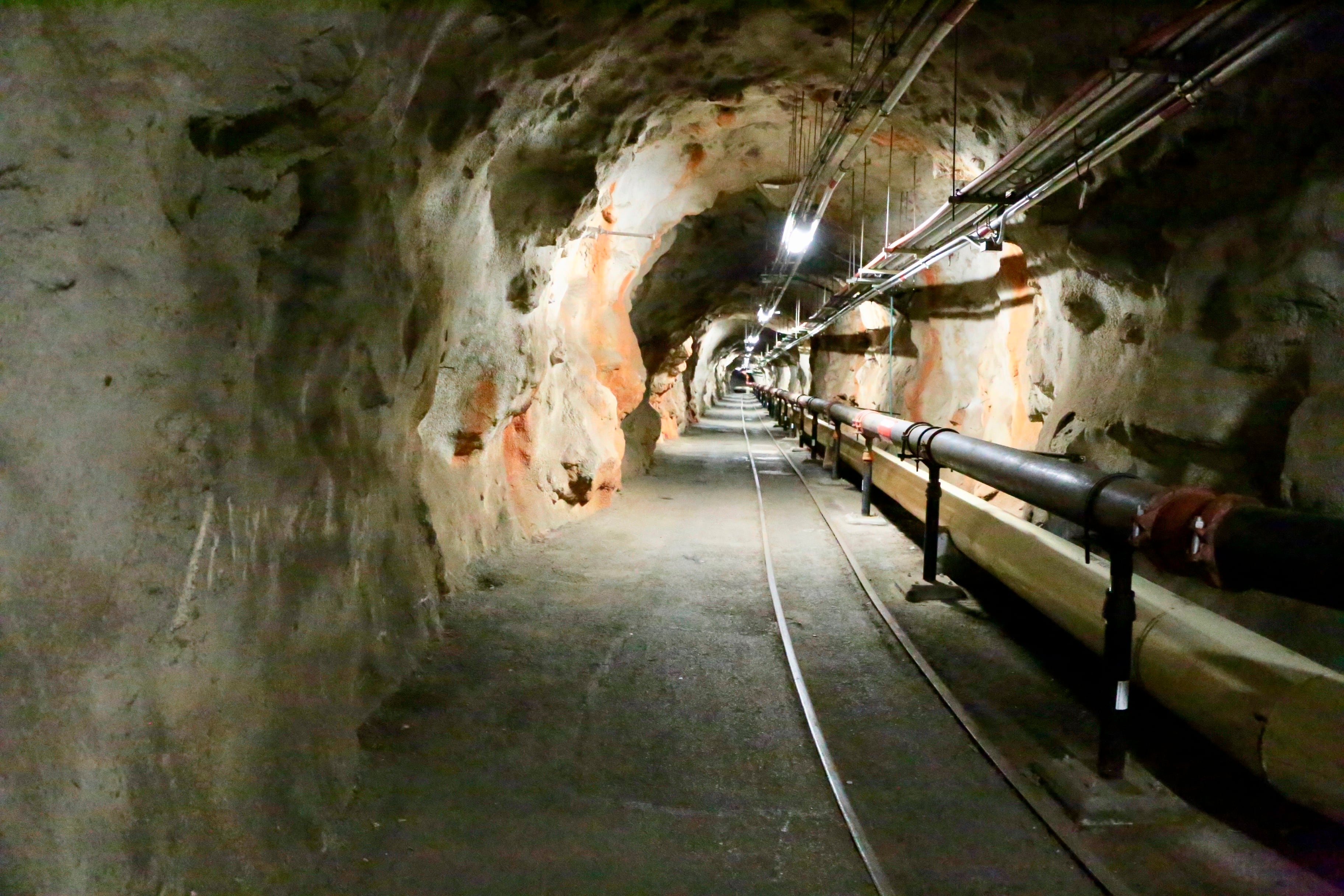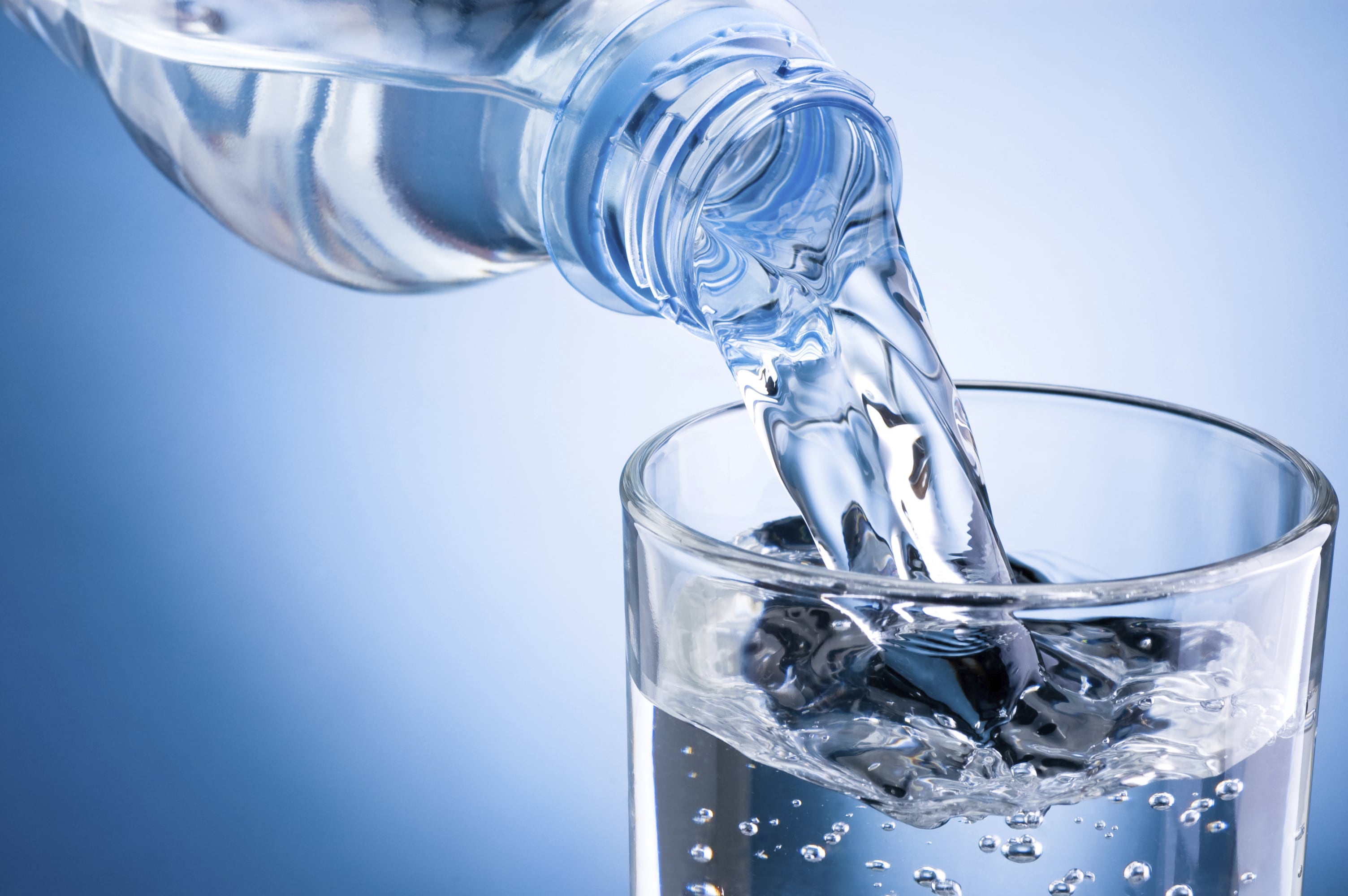Military families in Hawaii are once again picking up potable drinking water provided by base officials, as a major water line break has forced officials to issue a “boil water” advisory for drinking water.
It affects about 93,000 residents at Joint Base Pearl Harbor-Hickam, including Ford Island, Pearl Harbor, Hickam, Aliamanu Military Reservation, Red Hill, Camp Smith and Pearl City Peninsula. That includes service members from all branches, their families, and civilians. Repairs are expected to take another week.
Early on Oct. 14, a 36-inch water main broke at Pearl City Peninsula, followed by two smaller breaks in other areas, one of which was caused by a vehicle accident near the Navy Exchange. Then, on Monday, a fourth water line broke, said Navy Capt. Mark Sohaney, commander of Joint Base Pearl Harbor-Hickam, in a Facebook town hall. It was also in the Pearl City Peninsula area, he said, and everyone has water in the area of that fourth break, and no homes were flooded.
“The overall system remains low pressure, but stable,” he said.
The repair of the 36-inch major water main is the focus, and it’s complex, Sohaney said. “Fixing a line of this size presents an engineering challenge and there [haven’t] been any easy fixes,” he wrote in an Oct. 16 letter posted on Facebook.
The timeline for the repair is Oct. 25 -26, he said, adding that the materials are now in place to do the the work.
Residents can use the water for personal hygiene, officials said, although some residents have complained about the low water pressure making showering difficult. Water used for consumption, cooking, brushing teeth should be boiled — a rolling boil — for at least one minute. There’s a low possibility that the low water pressure could cause sediment or bacteria to get into the water, Sohaney said. Testing is being conducted each day, but results have been negative. Officials will let residents know if that changes, he said.
Officials say the water line breaks are not related to the incident in November, 2021, when the spill of an estimated 19,000 gallons of jet fuel at the massive Red Hill storage facility contaminated the Navy’s water distribution system. The Navy undertook a massive effort to purify the water and remove the fuel from water lines and homes.
The military is also beginning the process of removing the fuel from that storage facility, after defense officials agreed to shut it down permanently. Some 9,715 households in Army, Navy and Air Force neighborhoods — about 100,000 people overall — were affected, and were given the option of moving to hotels at government expense. Many lived in hotels for more than three months.
RELATED

Now, many residents are back to picking up potable water being provided by base officials. Residents can pick up bottled water from 8 a.m. to 8 p.m. at the Main Navy Exchange and at the Hickam Main exchange. Sohaney said the exchanges are keeping up with demand, and water is being delivered there each morning.
Residents are being asked to conserve water. Officials said a sudden surge in water usage before the repairs are complete could cause system-wide problems.
Commands at the joint base have been asked to use telework as much as possible to minimize manning and to only perform mission essential activities. Gyms, fitness centers and other morale, welfare and recreation center activities are closed as officials seek to minimize the number of people on the installation in order to conserve water. The dining facilities are operating as usual.
Residents are concerned about the closure of the child development centers, except for the Wahiawa center, which is located on an entirely different water system. Sohaney said officials, who are evaluating the situation day by day, hope to open one child development center on Wednesday for “absolute mission-essential personnel.” Schools, which are operated by the Hawaii Department of Education, were scheduled to be open on Tuesday.
Some families are also asking about being allowed to move to hotels until the water returns to normal. Officials note that the water is safe for bathing and doing laundry; and can be consumed if boiled for at least one minute.
But “this is too long for families to be without clean water,” said Kristina Baehr, an attorney representing some of the families who were affected by fuel contaminated water in the Navy water system.
“For this most recent event, immediately provide Temporary Lodging Assistance or hotel vouchers until water main repairs are complete,” she and her colleagues wrote in a letter to Navy officials.
They also noted that some families are continuing to report sheens and fuel in their water from the previous contamination. They asked for replacement of hot water heaters at every affected house and, for ongoing sicknesses, families be provided care by military occupational health and environmental medicine divisions.
Officials emphasized that the water line breaks are unrelated to the fuel leaks at Red Hill last year. “The fuel lines and water lines are completely separate and there is no concern of fuel leak or contamination in the drinking water as a result of the recent water main breaks,” officials stated on their information page.
But the work to empty the fuel lines at Red Hill has stopped because officials are trying to limit the number of people on the installation to decrease the amount of water being used, officials said. “Unpacking the fuel lines at Red Hill is an operation like many of the other operations that occur daily on JBPHH. Joint Task Force Red Hill is confident that the fuel in the tanks and the pipelines is currently stable.”
Karen has covered military families, quality of life and consumer issues for Military Times for more than 30 years, and is co-author of a chapter on media coverage of military families in the book "A Battle Plan for Supporting Military Families." She previously worked for newspapers in Guam, Norfolk, Jacksonville, Fla., and Athens, Ga.




